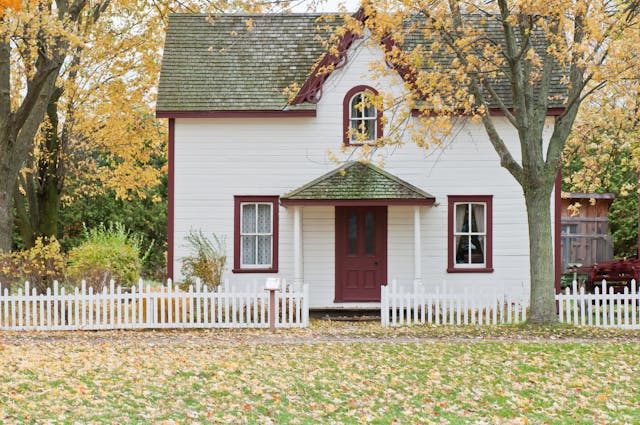
Mold can be a silent and potentially harmful intruder in your home, posing risks to both your health and property. It’s critical to identify the obvious indications of mold development to act quickly to resolve the problem and prevent further damage. This guide will explore five common indicators that you might have mold lurking in your home. By understanding these signs, you can proactively safeguard your health and well-being.
1. Musty Odors
One of the most common signs of mold growth in your home is the presence of musty or earthy odors. As it spreads, mold releases volatile organic compounds (VOCs), which produce odors that are characteristic and disagreeable and sometimes suggest mildew or moisture. These smells are often strongest in places like crawl spaces, basements, and restrooms where there is little ventilation or significant humidity. If you notice a lingering musty smell in your house, you should look into possible mold development more thoroughly. Although air fresheners and deodorizers may cover up the odor for a while, mold removal and prevention need to address the root source of the odor. Consider testing for mold through a thorough inspection and determine the extent of the mold problem in your home.
2. Visible Mold Growth
One clear sign that you may have a mold issue in your house is the presence of visible mold growth. Mold can appear in a variety of colors, textures, and patterns, from fuzzy or slimy growths to patches of black, green, or brown. Mold is often found on walls, ceilings, floors, and in obscure places such as under carpets or behind wallpaper. These locations must be routinely inspected for any indications of mold development, particularly in places that are susceptible to dampness or water damage. More extensive infestations may need the use of expert mold remediation services, even though minor spots of mold may often be cleansed with common home cleansers. It’s critical to act quickly to treat the problem and minimize the spread of mold if you see visible growth in your house.
3. Allergic Reactions
Allergy responses or respiratory issues could be a sign that your house has been exposed to mold. Sensitive people can develop allergic responses to mold spores, which may result in symptoms including watery eyes, congestion in the nose, coughing, and sneezing. Exposure to mold can amplify these symptoms while relocating yourself from the contaminated location can alleviate them. It’s important to take mold contamination in your house into consideration if you or any members of your family often develop allergic responses or respiratory issues. Speak with a medical expert to find out what’s causing your symptoms, and plan on having a mold inspection done to evaluate the quality of the air within your house. You and your family can live in a healthier atmosphere and reduce allergy responses by taking care of the underlying mold issue.
4. Water Damage or Moisture Issues
Mold can develop easily in your house if there is water damage or other moisture problems. Leaks from plumbing fixtures, roof leaks, floods, and excessive humidity levels are common causes of water damage. Water exposure may cause mold to develop within 24 to 48 hours, so it’s critical to treat any water damage as soon as possible to stop the spread of mold. Examine the bathrooms, kitchens, and basements—areas of your house that are susceptible to water damage—for indications of leaks or moisture buildup. Resolving underlying water problems and putting in place appropriate moisture management techniques, including caulking leaks, enhancing ventilation, and employing dehumidifiers, will assist in stopping the spread of mold and shielding your house from more harm.
5. Deterioration of Building Materials
Over time, mold development can seriously damage your home’s structural elements and construction materials. Peeling paint or wallpaper, as well as warped or discolored walls, ceilings, or floors, are indications of degradation caused by mold. Wood, drywall, and insulation are examples of organic materials that can get infected by mold, compromising their structural integrity. You should look into possible mold development further if you see any evidence of damage in the construction elements of your house. For a thorough evaluation of your house and an estimate of the damage, speak with a qualified mold remediation expert. You can safeguard the long-term integrity of your house and prevent more structural damage by taking quick action to treat mold-related degradation.
Conclusion
In conclusion, being able to recognize the signs of mold growth in your home is essential for protecting your health and property. You can take proactive measures to handle mold problems quickly and efficiently by recognizing musty smells, visible mold growth, allergic responses, water damage or moisture concerns, and degradation of structural components. If you suspect mold growth in your home, consider scheduling a professional mold testing and inspection to assess the extent of the problem and implement appropriate remediation measures.

